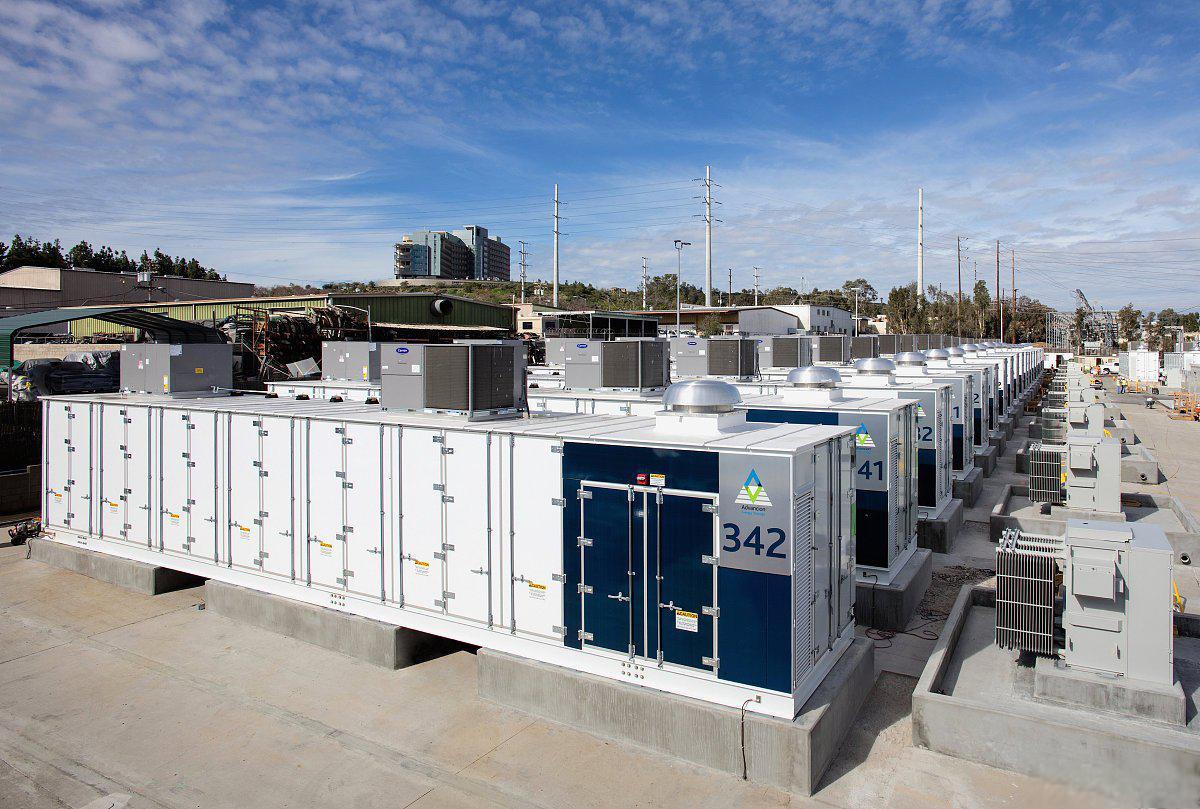In today's energy sector,
commercial and industrial (C&I) energy storage systems are playing an increasingly important role. Accurately calculating the efficiency of these systems is critical for optimizing energy management, reducing operational costs, and achieving sustainability goals.
Components of a Commercial and Industrial Energy Storage System
A C&I energy storage system typically consists of the following components:
1. DC Side: This includes the battery system and its Battery Management System (BMS). The battery system is the core of the energy storage system, responsible for storing and releasing electrical energy. The BMS monitors battery status, ensures safety, and optimizes battery performance.
2. AC Side: This includes the Power Conversion System (PCS) and transformers (if connected to a high-voltage grid). The PCS converts DC to AC and vice versa, enabling bidirectional power flow. Transformers adjust the voltage to match both the grid's and the energy storage system's requirements.
3. Scheduling and Management System: The Energy Management System (EMS) monitors the operation of the energy storage system, optimizes charging and discharging strategies, and facilitates interaction with the grid.
4. Auxiliary Systems: These include cooling, fire safety systems, monitoring, and alarm systems that ensure the safe and stable operation of the energy storage system.
Factors Affecting the Efficiency of C&I Energy Storage Systems
The efficiency of C&I energy storage systems is influenced by various factors, including:
1. Battery Efficiency: The charging and discharging efficiency of the battery itself is a critical factor affecting the overall efficiency of the system. Different types of batteries (e.g., lithium-ion batteries, lead-acid batteries) have varying efficiencies. Additionally, factors such as battery aging, temperature, and charge/discharge rates also affect battery performance.
2. Power Conversion Efficiency: The PCS incurs energy losses during the power conversion process, and its efficiency directly impacts the overall system efficiency. Although PCS technology has improved, there is still room for further enhancement.
3. Electrical Connection and Line Losses: Energy losses occur as current flows through cables and switching devices, which are resistive losses. Although these losses are relatively small, they should not be ignored in large-scale energy storage systems.
4. Auxiliary Equipment Power Consumption: Equipment such as air conditioning, cooling systems, and lighting consumes electricity, thereby reducing the overall efficiency of the energy storage system. This effect is particularly pronounced in high-temperature environments, where air conditioning systems increase power consumption.
5. System Design and Control Strategy: Proper system design and optimized control strategies can minimize energy losses and improve the overall efficiency of the storage system. For instance, optimizing charging and discharging strategies based on accurate electricity price predictions and load forecasts, or designing effective thermal management systems to lower battery temperatures, can improve efficiency.
Efficiency Calculations
1. Overall Efficiency
According to the Chinese national standard GB/T 36549-2018, "Operation Indicators and Evaluation of Electrochemical Energy Storage Power Stations," the overall efficiency of an energy storage power station is defined as the ratio of the total energy sent to the grid during a given evaluation period to the total energy received from the grid during the same period. In other words:
Overall Efficiency = Total Energy Delivered to the Grid ÷ Total Energy Received from the Grid
2. Charging Efficiency
The initial charging energy on the AC side can be calculated using the following formula:
Initial Charging Energy = (System Rated Capacity × Depth of Discharge) ÷ (Battery Charging Efficiency × Rectification Efficiency of Energy Converter × Line Efficiency × Transformer Efficiency) + Auxiliary Equipment Power Consumption
Charging efficiency is then:
Charging Efficiency = (System Rated Capacity × Depth of Discharge) ÷ Initial Charging Energy
3. Discharging Efficiency
The initial discharging energy on the AC side can be calculated as:
Initial Discharging Energy = (System Rated Capacity × Depth of Discharge) × (Battery Charging Efficiency × Inversion Efficiency of Energy Converter × Line Efficiency × Transformer Efficiency) - Auxiliary Equipment Power Consumption
Discharging efficiency is then:
Discharging Efficiency = Initial Discharging Energy ÷ (System Rated Capacity × Depth of Discharge)
These formulas and calculations provide a framework for evaluating the efficiency of commercial and industrial energy storage systems. By accurately measuring and optimizing charging and discharging efficiencies, operators can enhance system performance, reduce operational costs, and increase the overall reliability and sustainability of energy storage solutions.
